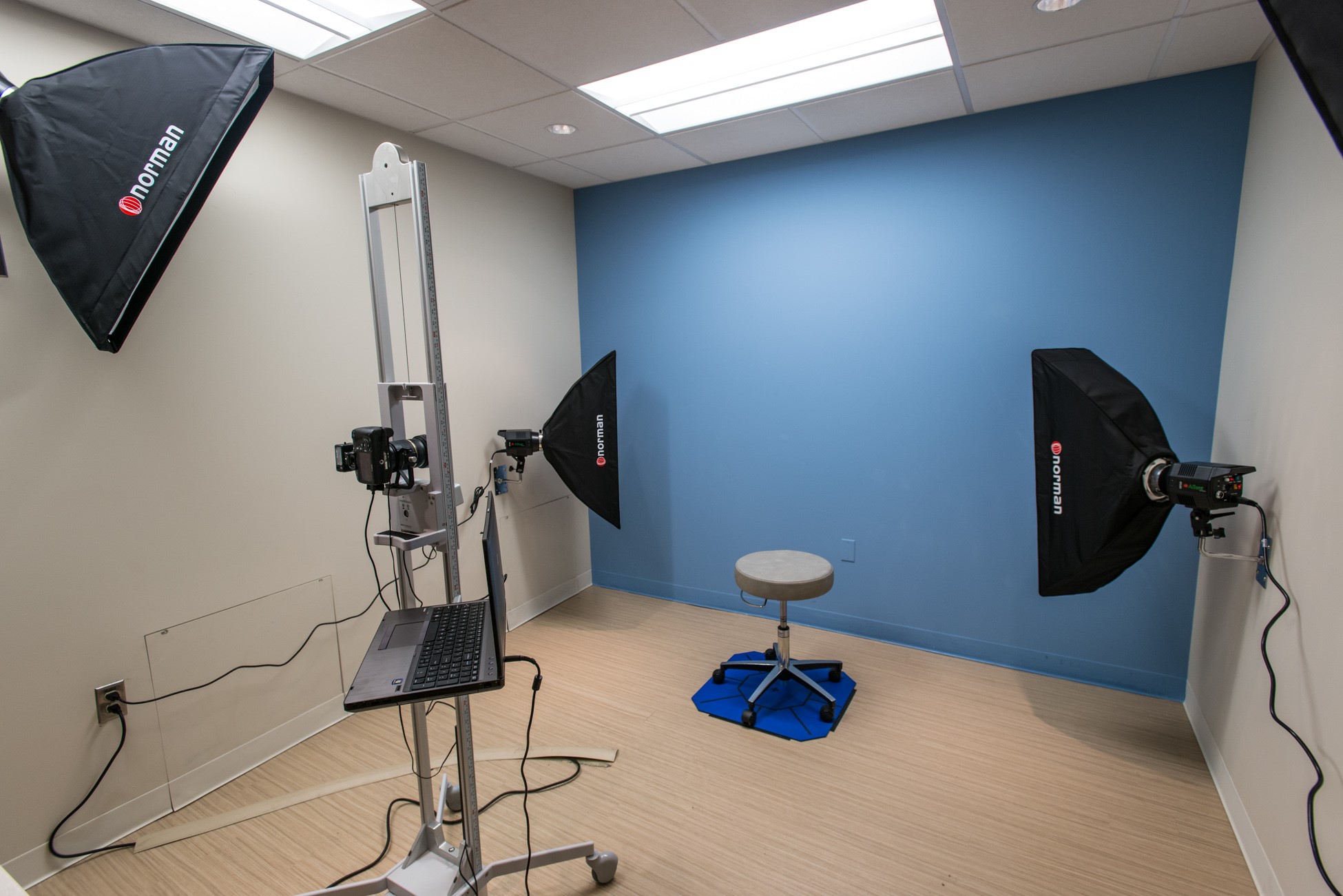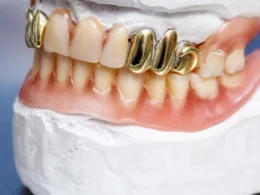Once dubbed the “Me Generation” by writer Tom Wolfe, baby boomers have always had a soft spot for self-fulfillment. They were the flower power kids of the ‘60s, the disco darlings of the ‘70s, and eventually the new moms and dads of the ‘80s and ‘90s with snazzy cars and credit cards. Now that they’re middle-aged (52 to 70), boomers are as keen on living the good life as ever, and for many that means maintaining – or acquiring – a certain youthful glow, be that through diet, yoga, clean healthy living and/or the occasional trip to the cosmetic surgeon.
According to The American Society of Plastic Surgeons (ASPS), in 2015 adults aged 55 and over accounted for 3.9 million total cosmetic procedures in the U.S. Given there are more than 60 million baby boomers in the U.S. this isn’t a huge figure, of course, but plastic surgeons report that they’re increasingly performing surgery on boomers, a trend that’s unlikely to dissipate as the population ages.
“Over the past 5 years there’s been a steady increase – about 20 percent – of baby boomers who are having procedures done,” says Dr. Gregory Wiener of Chicago, Illinois.
Dr. Jack Zamora, who has a practice in Denver, Colorado, reports an increased interest in cosmetic surgery among boomers that he dates back to 2008, “when they were seeking to gain a competitive edge with their careers.”
The desire to stay competitive in the workplace by appearing youthful is a motive for many plastic surgery patients, including millennials, but boomers have it especially tough. Unlike previous generations, boomers aren’t retiring as early, or rather, as promptly, as their predecessors. A 2014 poll by Gallup found that 39 percent of boomers didn’t expect to retire until they were at least 66 years old, with another 10 percent saying they didn’t think they would ever retire. It’s not just the 2008 financial crisis that lassoed this demographic into working longer, it’s also those aforementioned credit cards. A recent Household Debt and Credit Report commissioned by the Federal Reserve Bank of New York revealed that over the past 12 years the debt load of the average boomer has increased by a whopping 169 percent.
More Affordable, Less Invasive Options
While it seems illogical that a demographic carrying such high amounts of debt would be spending money on plastic surgery, remember, boomers aren’t exactly famous for their scrupulous spending habits. Even in the mid-’90s, when the U.S economy was robust, nearly 40 percent had less than $10,000 saved for retirement. But enough boomer-bashing. Not every one of them is a hot tub-pruned spending maniac, and there’s still plenty of affluent boomers who can comfortably afford cosmetic surgery, even more so when you consider the growing number of relatively affordable procedures becoming available to meet their needs.
“Plastic surgery is definitely more affordable than it used to be,” says Zamora, adding that the least expensive procedures are those that can be done on an outpatient basis.
“Today’s techniques and technology allow for many cosmetic procedures to be performed in-office, says Zamora. “So now you can have a procedure done in just a few hours and look refreshed and well-rested without any general anesthesia or hospital stays.”
Dr. Michael R. Burgdorf, a plastic surgeon based in Nashville, Tennessee, reports that non-invasive treatments are particularly popular among the boomers in his practice.
“Non-surgical facial rejuvenation has become a big trend,” says Burgdorf. “I think that’s because the latest round of fillers and toxins have made the procedures much less painful – and with minimal downtime they’re that much more attractive. Many patients are realizing they can have a very acceptable, natural looking result without major surgery or any significant downtime.”
One of the procedures Dr. Zamora regularly performs on boomers is eyelid rejuvenation, an in-office procedure with a quick recovery time. He notes that “a lot of baby boomers are also keen to improve their lower face, which is another area where we start to show signs of aging. We have many patients who want to tighten their necks and jaw lines without all the downtime of a traditional facelift. Using our J-Plazty technique, we’re able to make our patients look years younger with a simple in-office procedure that removes fat, tightens skin, and sculpts the jaw line, giving them a more youthful look.”
The less downtime, however, the more fleeting the results. One set of Botox injections won’t last forever and typically call for regular upkeep. A proper facelift may be a considerably more invasive, full-on surgical procedure, but it has more permanent results. Wiener finds that as boomers age they tend to eventually desert the quickie cosmetic boosters and opt for full-on facelifts.
“Fillers and Botox can keep someone in the ballgame for quite a long time, but as we age we start to see diminishing returns. At a certain point it becomes time for that facelift,” he says.
Dr. Burgdorf agrees people tend to put off facelifts, adding that from age 60 through 65 they often decide to “treat themselves” to the surgery.
The Social Media Effect
For the vast majority of their lives boomers didn’t have the Internet or smartphones, and in a sense, they’ve been hit hardest by the influx of technology. Unlike their parents, who may not even bother trying to maneuver “the Facebook”, as a group boomers are highly active on social media. Recent research by DMN3 found that 82 percent of Boomers regularly visit at least one social networking site.
As a result of all this social media activity boomers are seeing more photos of friends and family than ever before. They’re posting pictures of themselves as well, or at least being tagged in pics by loved ones. It’s difficult to dodge feelings of vanity or self-consciousness in an era of selfies, just as it’s difficult to avoid knowing what Kim Kardashian looks like semi-nude. Photos of ourselves and celebrities are everywhere, with the borders between us being ever-blurred by digital connectivity.
“For many boomers, being conscious of their body’s appearance is a recent phenomenon,” notes Burgdorf. “I’m not sure if it has to do with the 24/7 access we have to all of our media devices, but I hear comments from boomers that I used to only hear from young people, stuff about not liking what they see when they’re Facetiming their grandkids or unbecoming pictures of themselves that they’re seeing on Facebook.”

Gender considerations
Contrary to the stereotype that women are more vain than men and thus more likely to get plastic surgery, in recent years men are also proving to be extremely concerned about their looks.
The ratio of boomer men versus boomer women pursuing plastic surgery tends to vary slightly from practice to practice. For Dr. Burgdorf, the statistics are “still 85 percent/15 percent in favor of women.” For Dr. Wiener, males account for roughly 20 percent of his boomer patients while Dr. Zamora reports that a full 20 percent of his entire practice are actually male boomers.
Boomer women may still be getting more plastic surgery than their male counterparts, but that’s likely to change in the near future as men increasingly become more open to the idea, especially as plastic surgery in general picks up steam. “What it comes down to,” says Burgdorf,” is an entire generation of people simply looking to enjoy life after years of working hard.”
“For these boomers the kids are out of the house, their college educations have probably already been paid for, they’ve already traveled extensively, and now they want to do something for themselves,” continues Burgdorf. “They realize that they’ve sacrificed their lives to get to this place and now they want to enjoy it. And look good while they’re doing it.”









